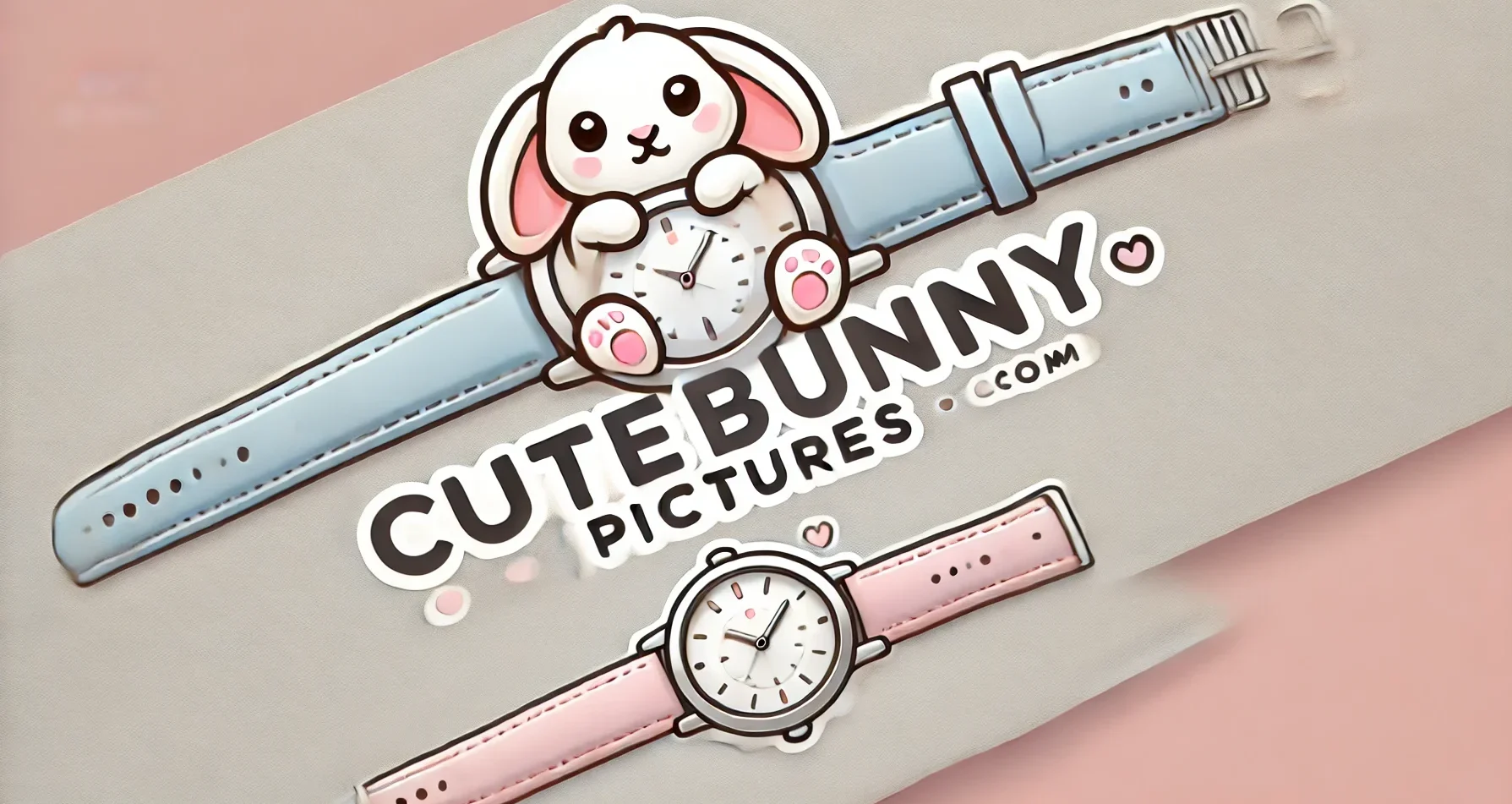
Introduction: Ecommerce Web Design and Brand Success
Creating an effective ecommerce website is a multifaceted process that goes beyond aesthetics. Founded on robust design principles, user experience considerations, and cohesive brand storytelling, effective web design significantly enhances customer engagement, boosts conversions, and strengthens customer retention.
Drawing on extensive experience working with diverse brands—from boutique labels to Fortune 500 companies—this article shares comprehensive insights and essential web design strategies tailored specifically for ecommerce success.
Core Elements of Exceptional Web Design
Great web design integrates multiple key elements cohesively:
Accessibility: Designing for All Users
Accessibility is critical, both ethically and legally. Excellent design accommodates diverse users, ensuring seamless interactions regardless of ability or context. Excessive animations, busy interfaces, and flashy elements may overwhelm users, particularly neurodiverse individuals. Thus, inclusive design principles—such as clear layouts, consistent navigation, and comprehensive image alt-text—are vital.
Shopify’s built-in accessibility tools simplify this process, enabling effortless SEO and compliance improvements. Regular accessibility audits can further enhance user experience by aligning your site with W3C standards covering interactivity, navigation consistency, and user control.
The Psychology of Color
Color significantly impacts user perceptions and brand identity. High-contrast schemes facilitate readability but may clash with nuanced branding requirements. Instead, strategically using subtle variations—such as off-whites, charcoal, or muted brand hues—can effectively balance brand consistency and readability.
Consistency in color use across digital platforms reinforces brand identity, establishing visual coherence that enhances user trust and site navigability.
Visual Storytelling: Images and Videos
Images and videos are powerful storytelling mediums. Strategically incorporating branded imagery adds dynamic visual interest and reinforces the brand narrative. Product photography should remain consistent, fostering a visually cohesive catalog that simplifies user navigation.
Lifestyle visuals, celebrity endorsements, or compelling narratives featured through video and imagery, significantly enhance brand credibility and emotional resonance, encouraging deeper consumer connections.
Robust Functionality: Prioritizing Performance
Functional excellence is fundamental to ecommerce success. Website elements, including high-resolution images and videos, must balance visual appeal with optimal site performance. Implementing fallback images for slow-loading media ensures seamless user experiences even with inconsistent internet connections.
Responsive web design, essential due to increased mobile browsing, ensures that your site offers optimized performance and usability across all devices, significantly improving customer satisfaction and conversion rates.
Navigation: Intuitive User Journeys
Intuitive navigation enhances user experience by reducing friction. Conventional navigation structures, including centrally placed logos and clearly positioned menus and carts, adhere to user expectations and minimize confusion. Effective navigation simplifies product discovery, improving overall user satisfaction and conversion rates.
Typography: Enhancing Readability and Identity
Typography significantly affects content readability and brand expression. Larger fonts help highlight key information, while carefully chosen typefaces establish a visual hierarchy and brand personality. Limiting font choices to two or three complementary styles helps maintain visual clarity and reinforces brand recognition across different touchpoints.
Advanced Web Design Strategies for Ecommerce Excellence
Balancing Predictability and Creativity
While adherence to common ecommerce design standards ensures user comfort, injecting creative elements prevents sites from becoming bland. Unique brand elements like custom typography, personalized color accents, and distinctive visual assets help differentiate your brand within familiar frameworks, creating memorable user experiences.
Font Selection for Enhanced Communication
Choosing the right typography depends significantly on the context. Call-to-action buttons and product descriptions require easily readable fonts to promote clear, instant communication. Conversely, larger headers allow more creative flexibility, enabling expressive fonts that maintain readability and aesthetic appeal.
Embracing Minimalism
A minimalist approach often delivers superior clarity and brand impact. Reducing visual complexity by using limited fonts, restrained color palettes, and uncluttered layouts directs user focus toward essential content, enhancing both usability and aesthetic appeal. Minimalism effectively communicates brand sophistication and reinforces customer trust.
Optimizing Line Length and Layout
Excessive line lengths can impair readability, causing user fatigue. Structuring content, such as pairing product descriptions with adjacent images, shortens line lengths, optimizing readability and improving user comfort. Properly structured layouts foster smooth, intuitive user journeys that enhance engagement and facilitate conversions.
Avoiding Pure White for Comfort
Pure white backgrounds, although clean, can strain the eyes. Slightly off-white or warmer tones significantly improve comfort without compromising clarity or visual aesthetics. Such subtle adjustments elevate perceived site sophistication and accessibility.
Designing for the Worst-case Scenario
Effective ecommerce design anticipates challenging browsing conditions, including slow connections or limited accessibility. Strategies such as disabling autoplay for videos, using image placeholders, and asynchronous loading of content prioritize critical site elements, ensuring consistent performance under suboptimal browsing conditions.
Brand History and Technical Excellence: Enhancing Depth
Incorporating a compelling brand narrative significantly enriches user engagement. Sharing your brand’s journey, mission, and unique selling points through thoughtfully crafted visual and textual content deepens consumer connection, loyalty, and trust.
Technical details—such as product creation processes, sustainability practices, or proprietary technologies—provide informative context that boosts brand credibility. Transparency about brand ethos and technical prowess differentiates your site from competitors, fostering long-term customer relationships.
Conclusion: Strategic Design for Long-term Ecommerce Success
Strategic ecommerce website design transcends superficial aesthetics, encompassing thoughtful user experience, brand storytelling, and technical performance. By aligning visual elements, accessibility standards, and technical strategies, ecommerce brands can create compelling, memorable, and profitable online experiences.
Implementing these comprehensive design strategies not only elevates customer engagement and satisfaction but ensures enduring ecommerce success through meaningful brand differentiation and consumer trust.

